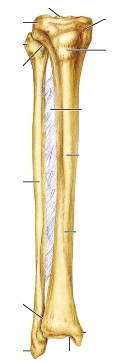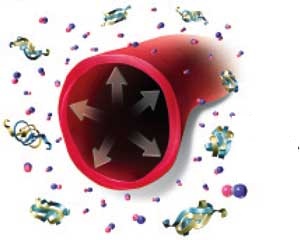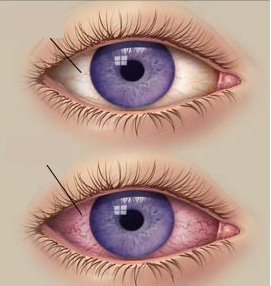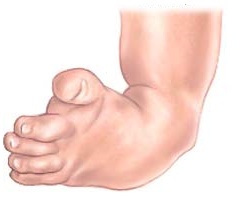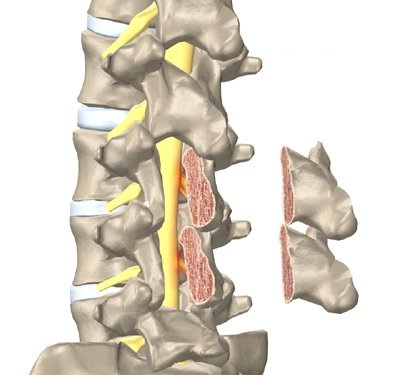Medical Terminology Review Trivia Quiz

Questions taken from the pre-test on 12/9/09.
- 1.
Which is an example of an electrolyte?
- A.
Calcium
- B.
Glucose
- C.
Sodium
- D.
Nitrogen
Correct Answer
C. SodiumExplanation
Sodium is an example of an electrolyte because it is a positively charged ion that can conduct electricity when dissolved in water or other fluids. Electrolytes are substances that dissociate into ions in solution and are necessary for various physiological processes in the body, such as nerve and muscle function, maintaining fluid balance, and regulating pH levels. Sodium ions play a crucial role in these processes and are commonly found in electrolyte solutions, sports drinks, and medical treatments for dehydration or electrolyte imbalances.Rate this question:
-
- 2.
Which is an x-ray of the renal pelvis and urinary tract after injecting dye into a vein?
- A.
Retrograde Pyelogram (RP)
- B.
Venogram
- C.
Intravenous Cholangiogram (IVC)
- D.
Intravenous Pyelogram (IVP)
Correct Answer
D. Intravenous Pyelogram (IVP)Explanation
An intravenous pyelogram (IVP) is an x-ray of the renal pelvis and urinary tract after injecting dye into a vein. This procedure allows the visualization of the kidneys, ureters, and bladder, helping to diagnose conditions such as kidney stones, urinary tract infections, or blockages in the urinary system. A retrograde pyelogram (RP) is a different procedure that involves injecting dye directly into the ureters, and a venogram is an x-ray of the veins. An intravenous cholangiogram (IVC) is an x-ray of the bile ducts, not the renal pelvis and urinary tract.Rate this question:
-
- 3.
What is the smaller bone of the two leg bones?
- A.
Tibia
- B.
Femur
- C.
Humerus
- D.
Fibula
- E.
Ulna
Correct Answer
D. FibulaExplanation
The fibula is the smaller of the two leg bones. It is located on the outer side of the lower leg, parallel to the tibia. The fibula provides support and stability to the lower leg, but its main function is to serve as an attachment point for muscles and ligaments. The tibia, on the other hand, is the larger and stronger bone in the lower leg and bears most of the body's weight.Rate this question:
-
- 4.
Pertaining to under the finger nail:
- A.
Hypodermic
- B.
Hypoglossal
- C.
Epidermis
- D.
Subcutaneous
- E.
Subungual
Correct Answer
E. SubungualExplanation
The term "subungual" refers to something that is located under the fingernail. Out of the given options, "subungual" is the only term that specifically relates to the area under the fingernail. "Hypodermic" refers to something that is injected under the skin, "hypoglossal" relates to the area under the tongue, "epidermis" refers to the outermost layer of the skin, and "subcutaneous" relates to something that is located under the skin. Therefore, "subungual" is the correct answer in this context.Rate this question:
-
- 5.
(Spelling) The widening of a blood vessel:
- A.
Vassdiation
- B.
Vasodilation
- C.
Vassodialion
- D.
Visodialtion
Correct Answer
B. VasodilationExplanation
Vasodilation is the correct answer because it refers to the widening of a blood vessel. This process occurs when the smooth muscles in the walls of blood vessels relax, allowing for increased blood flow and decreased blood pressure.Rate this question:
-
- 6.
What is the break of continuity of the skin (often called a bed sore):
- A.
Leukoplakia
- B.
Psoriasis
- C.
Decubitis Ulcer
- D.
Acne Vulgaris
Correct Answer
C. Decubitis UlcerExplanation
A decubitis ulcer, also known as a pressure ulcer or bed sore, is a break in the continuity of the skin. It occurs when there is prolonged pressure on a particular area of the body, leading to tissue damage and breakdown. This can happen when a person remains in the same position for an extended period, such as when lying in bed or sitting in a wheelchair. The constant pressure restricts blood flow to the area, causing the skin to become damaged and eventually forming an ulcer.Rate this question:
-
- 7.
What is an eye inflammation commonly called pinkeye?
- A.
Iritis
- B.
Conjunctivitis
- C.
Dacryoadenitis
- D.
Scleritis
- E.
Uveitis
Correct Answer
B. ConjunctivitisExplanation
Conjunctivitis is commonly referred to as pinkeye. It is an inflammation of the conjunctiva, which is the thin, clear tissue that covers the white part of the eye and lines the inside of the eyelid. This condition can be caused by allergies, bacterial or viral infections, or irritants such as smoke or chemicals. It is characterized by redness, itching, swelling, and a discharge from the eye. Conjunctivitis is highly contagious and can spread easily from person to person, so it is important to practice good hygiene and avoid touching the eyes when experiencing symptoms.Rate this question:
-
- 8.
Clubfoot:
- A.
Exostosis
- B.
Osterogenic Sarcoma
- C.
Bunion
- D.
Talipes
- E.
Bursitis
Correct Answer
D. TalipesExplanation
Talipes is the correct answer because it is a medical term used to describe a condition commonly known as clubfoot. Clubfoot is a congenital deformity where the foot is twisted inward and downward. It is characterized by abnormal positioning of the bones, muscles, tendons, and ligaments in the foot. Talipes can affect one or both feet and can cause difficulty in walking and mobility.Rate this question:
-
- 9.
What is the operation performed to relieve the symptoms of a slipped disk?
- A.
Patellapexy
- B.
Arthroscopy
- C.
Myeloplasty
- D.
Laminectomy
Correct Answer
D. LaminectomyExplanation
Laminectomy is the correct answer because it is a surgical procedure that involves removing a portion of the lamina, which is the bony arch of the vertebra, to relieve pressure on the spinal cord or nerves caused by a slipped disk. This procedure helps alleviate the symptoms associated with a slipped disk, such as pain, numbness, and weakness in the affected area. Patellapexy, arthroscopy, and myeloplasty are not related to the treatment of a slipped disk.Rate this question:
-
- 10.
Spitting up blood from the respiratory tract and lungs:
- A.
Hyperemesis
- B.
Pneumohemosis
- C.
Hematemisis
- D.
Hemoptysis
- E.
Hemolysis
Correct Answer
D. HemoptysisExplanation
Hemoptysis refers to the act of coughing up blood that originates from the respiratory tract and lungs. It is usually caused by conditions such as bronchitis, pneumonia, tuberculosis, or lung cancer. The blood may appear bright red or have a rusty color, and it is often mixed with mucus. Hemoptysis should be taken seriously as it can indicate a serious underlying condition and medical attention should be sought immediately.Rate this question:
-
Quiz Review Timeline +
Our quizzes are rigorously reviewed, monitored and continuously updated by our expert board to maintain accuracy, relevance, and timeliness.
-
Current Version
-
Mar 19, 2023Quiz Edited by
ProProfs Editorial Team -
Mar 07, 2012Quiz Created by
MSFLI
 Back to top
Back to top





